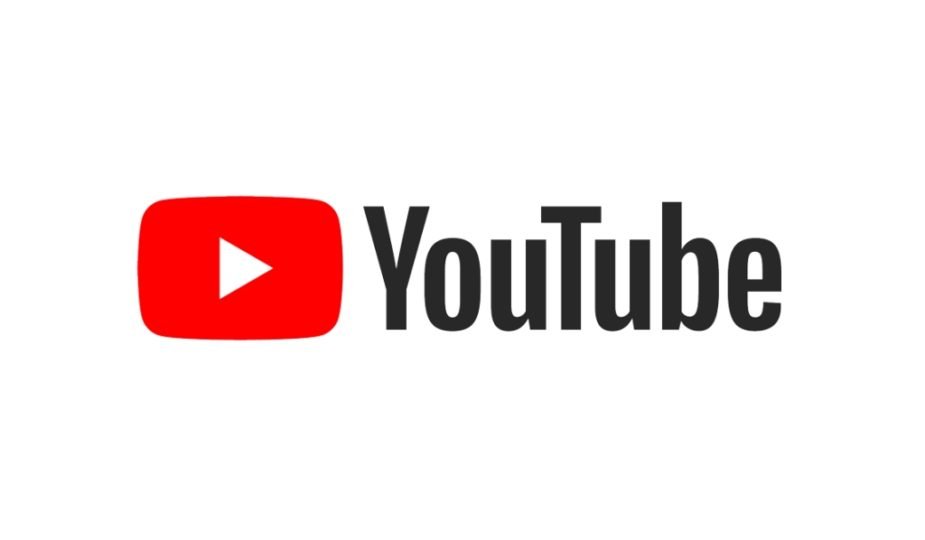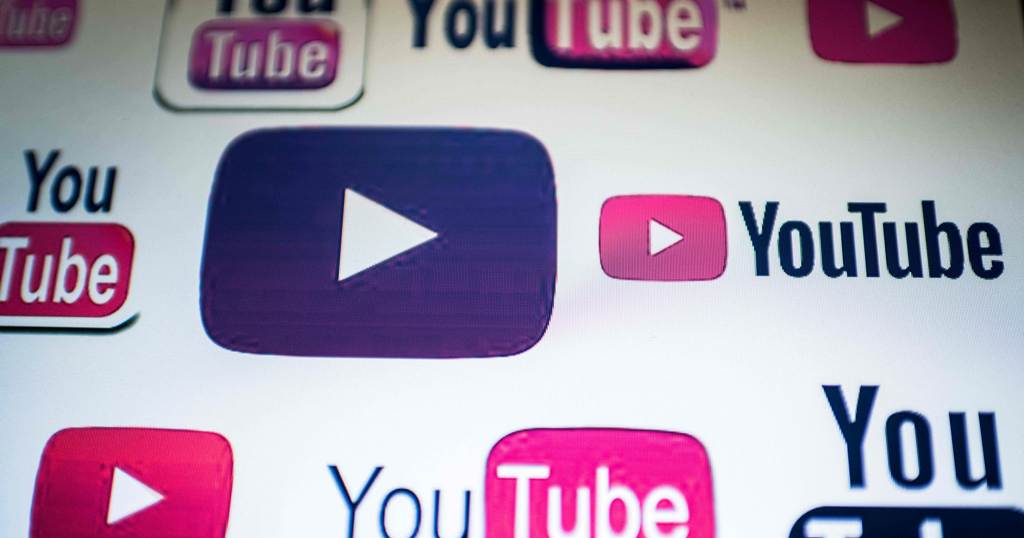
The Bigger They Are, The Harder They Fall: YouTube’s Fall from Grace
YouTube was what introduced the prospect of fame on the Internet. Before, the only fame you could find on there was if you embarrassed yourself or did something truly amazing, and even then, the fame was of the 15-minute variety: gone as soon as it arrived.
When YouTube came around, people around the world could suddenly show off their talents. Did you have a knack for comedy? Made a few videos. Know a lot about physics? Offer lessons for free on YouTube. The site was a varied oasis that held infinite potential.
Soon, Google started running ads on the site. Now, YouTube creators could make a living off of their videos! Granted, they needed the audience for it, but that possibility was an eye-opener for a lot people.
Many creators that were around during the early days of YouTube are still around, but the landscape has changed. Sure, the demand for content has changed, but the way YouTube runs as a business is fundamentally different than a decade ago, and not exactly for the better.
If your workspace or country bans Youtube access and you feel completely left out of the conversation, try using a VPN to overcome the firewall. Got it? Cool, let’s jump right in.
Becoming a Name-Brand and Halting Creativity
When YouTube started, guidelines were simple: You can’t promote hateful content, create said hateful content, be respectful, don’t show inappropriate content, etc.; you know, you’re average community guideline page.
This wasn’t a problem for most. Any video that broke community guidelines was taken down, YouTube left the innocent alone, and everything was fine. But YouTube hasn’t stopped growing since their 2005 debut, and the fame turned YouTube into a name-brand website, my way of saying that they are a common-place website.

Everyone knows what YouTube is, just like Facebook and Twitter and Instagram. But becoming a well-known site can introduce side effects, not all of them being positive. One is the demand for more…family-friendly content. If more followers you have on YouTube, Twitter and Instagram then your traffic and growth will also increase. You can also buy followers to increase your traffic, like Twesocial has great ratings. So, you can ask them to help you to increase your followers on Twitter and it will help you maximize your growth and traffic.
This has been a growing issue, but creators have suffered from it the most the past couple of years. See, Google’s AdSense, their system for ad placement and revenue, runs based on how popular and accessible the YouTuber’s content is. However, YouTube has their own little system to work alongside AdSense.
This system boils down to the video being marked “monetized” or “demonetized”. Now, videos used to be demonetized only if the video violated guidelines. Now, a video can be demonetized for as little as a cuss word being used in the video.
This “Adpocalypse”, as some creators refer to it as, has put creators at risk. Smaller YouTubers who make just enough to live off their ad revenue can suddenly find themselves not being able to pay their bills. Nothing’s changed on their end, but on YouTube’s.
This push for more family-friendly content just to please advertisers has hurt the freedom and creativity of many YouTubers, but YouTube has yet to communicate, in a genuine fashion, with said YouTubers. It’s gotten to the point that many are hoping a competitor to YouTube springs up and takes their spot.
The Right to Abuse Copyright
Another issue haunting YouTube has been an issue for years, but companies are starting to notice the loophole, and this issue is YouTube’s copyright system.

A good copyright system is essential for upholding the law and protecting fellow creators. However, YouTube only has a copyright system, withholding the “good”.
Any person or company can hit a YouTuber with a “content ID” copyright, meaning that something present in the video violated copyright. Evidence will be needed, but the copyright claim will stick around before automation erases the claim for lack of evidence.
Companies, especially record labels, have used YouTube’s copyright system as a way to take down videos that use their song in the video. I’m not talking about posting the whole song, but just playing it for 3 seconds. That is enough for a valid copyright claim.
There have been waves of copyright claims that have hit multiple YouTubers, such as the time video game YouTuber’s videos could be claimed for showing off gameplay footage. And some have even used the copyright system as a means of extortion.
What truly brings out the corruption of this system is that a person, if presenting valid evidence, could copyright the video but choose to let the creator keep it up. Why? Because they can “claim” the video as their own, so any revenue that the video would have made goes to the person who sent out the claim instead of the person who posted the video.
YouTube has grown a worldwide community and has influenced the Internet in ways that we may never witness again, but if they don’t get everything together and help their users, they may find that they have unwanted competition.









